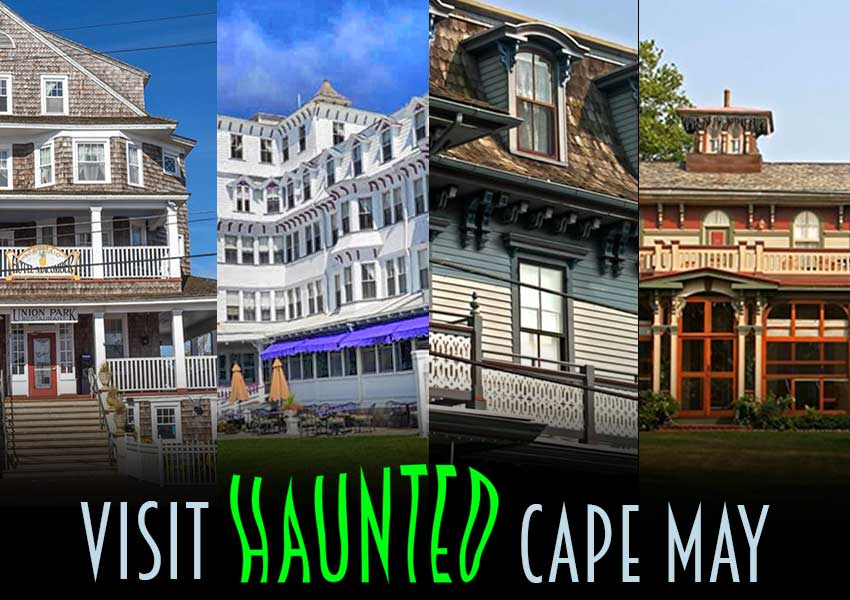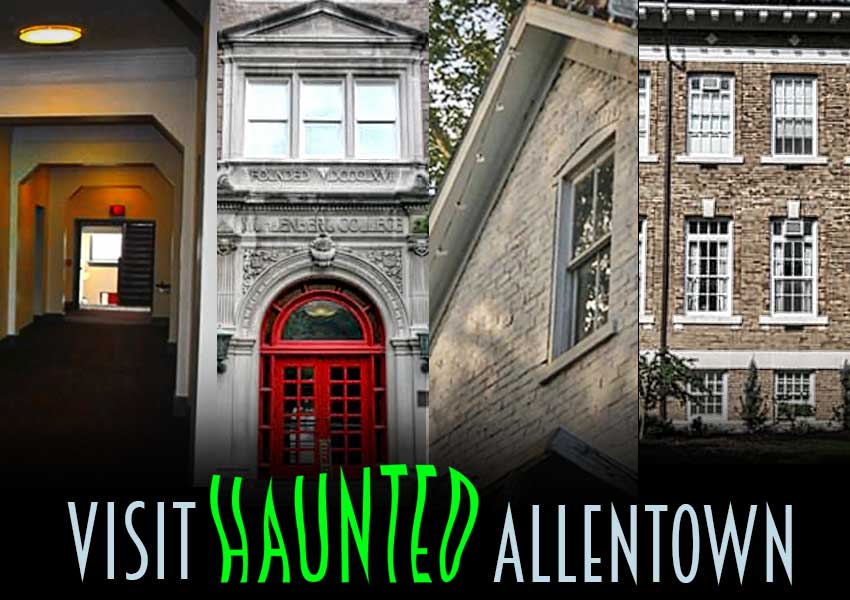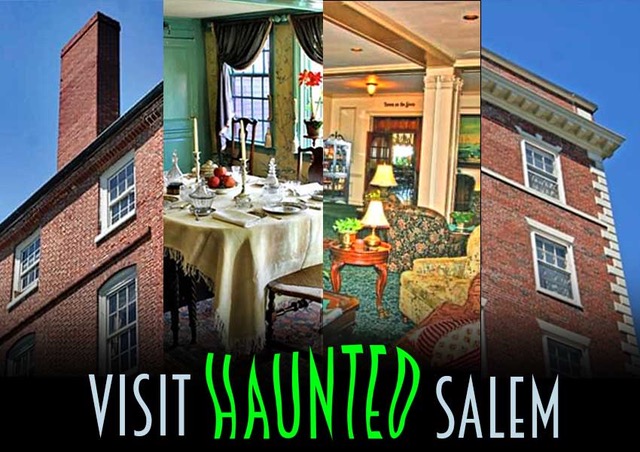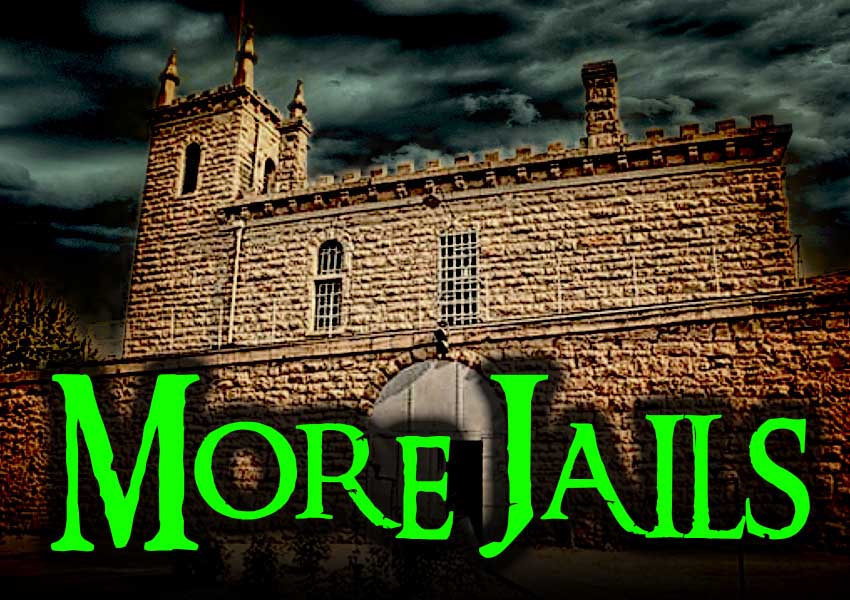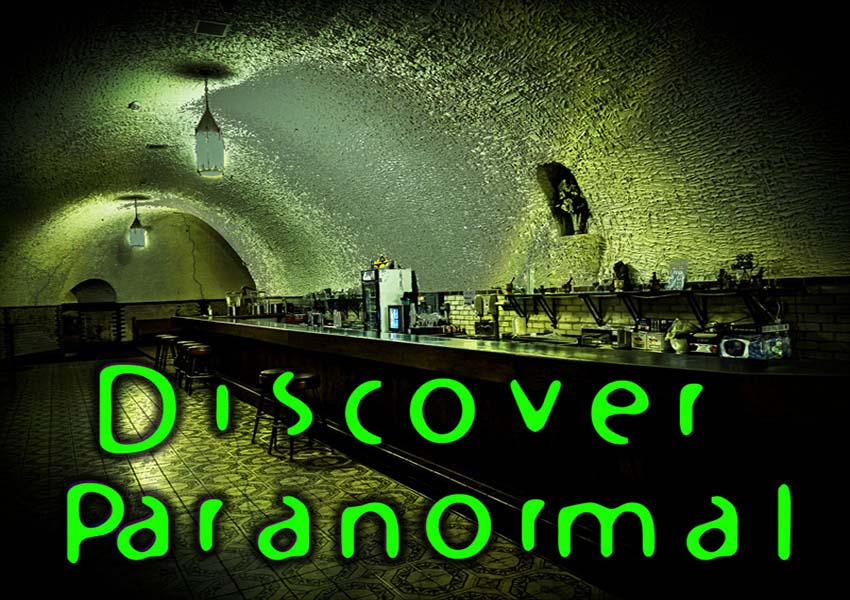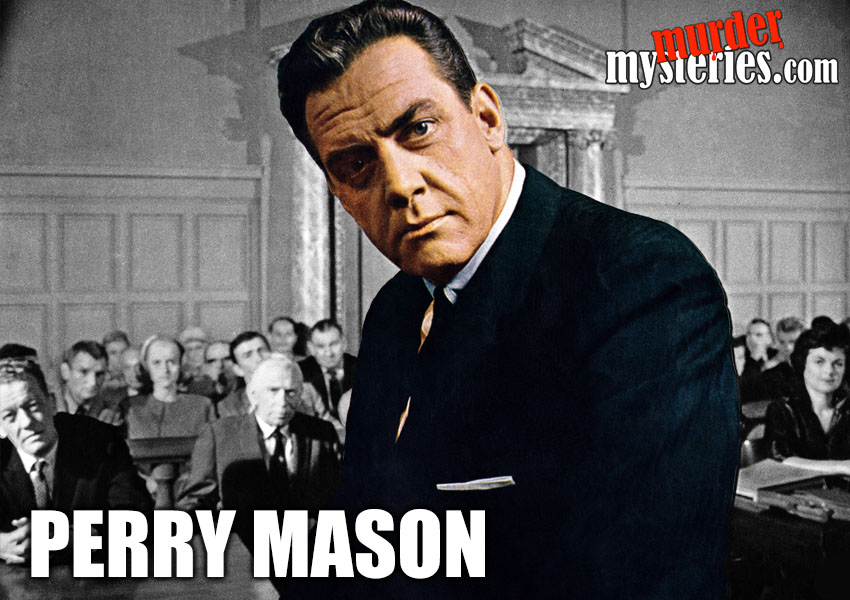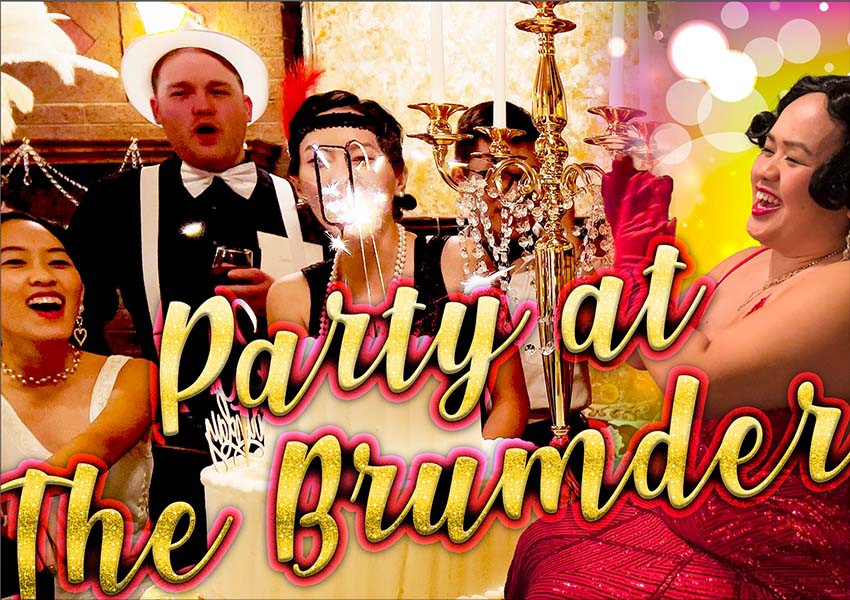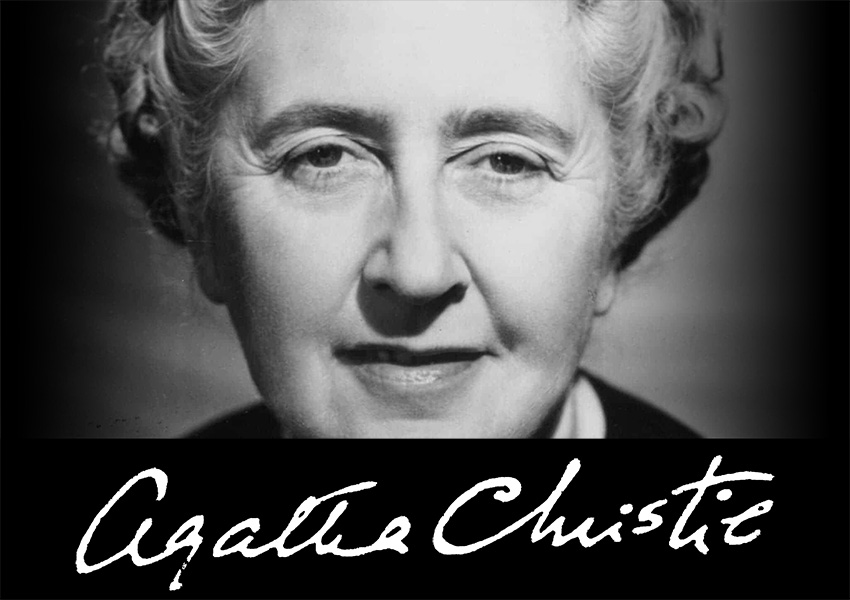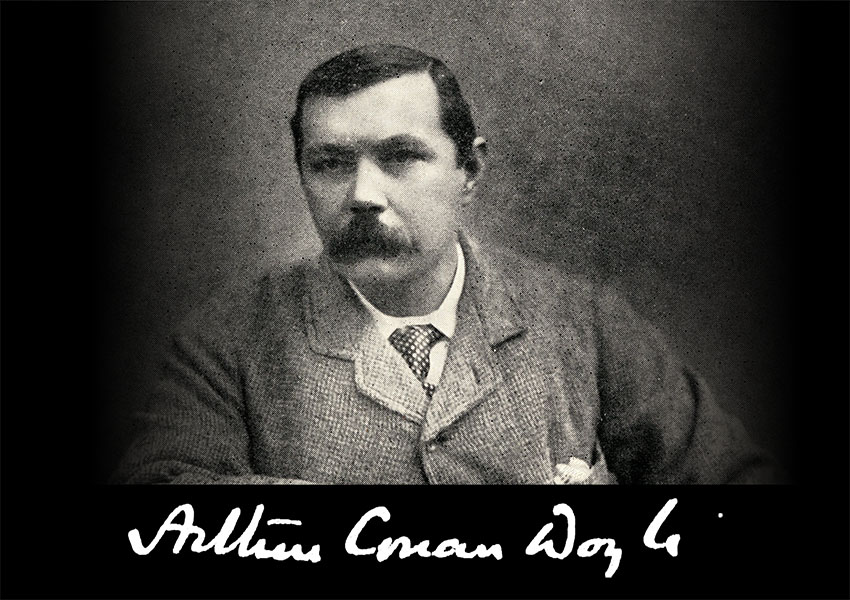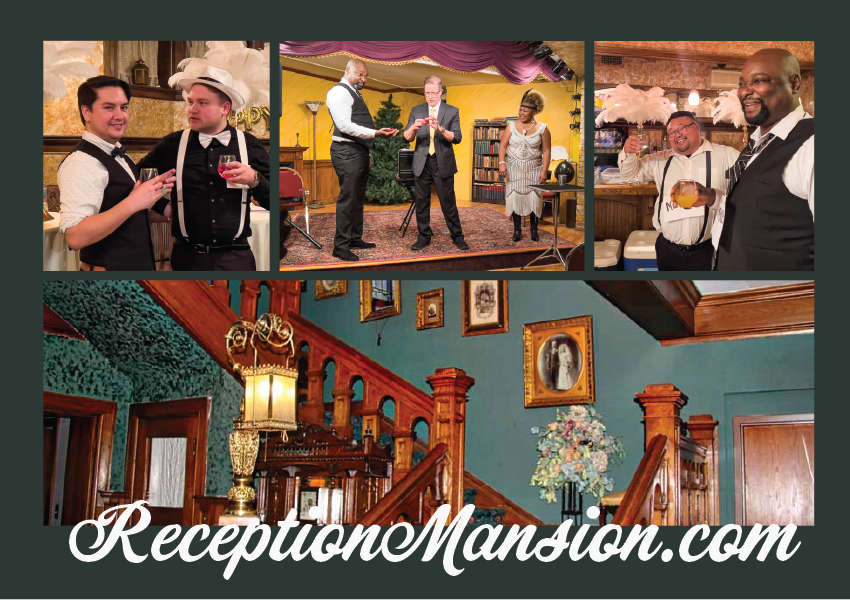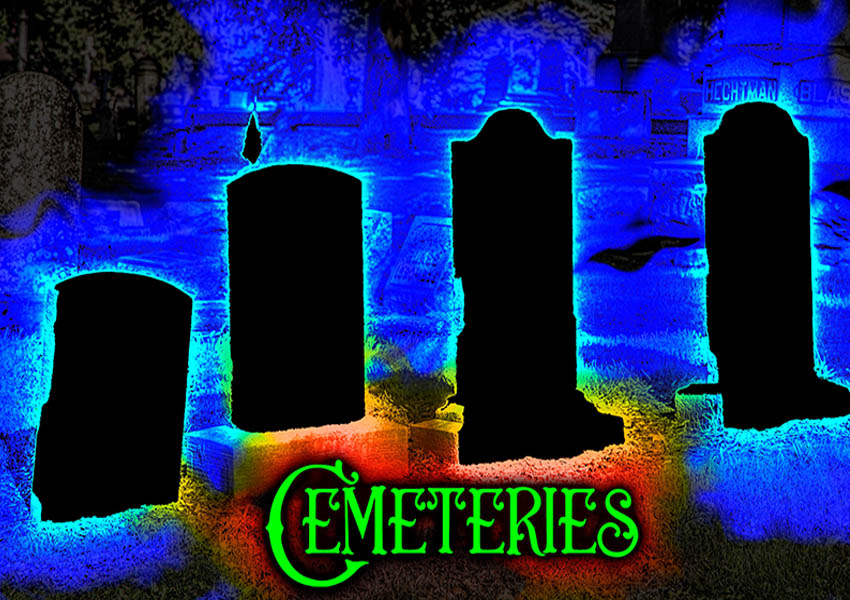Newport Rhode Island
Breakers Mansion
A Spirit who suffered huge painful losses finds peace and comfort here.
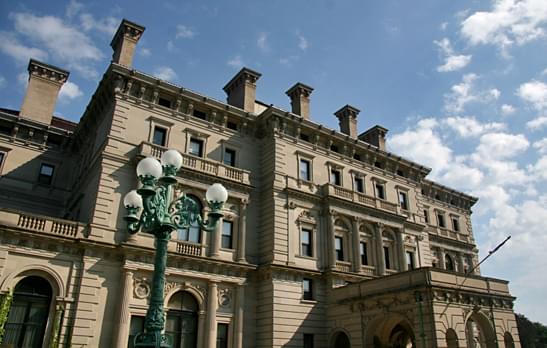
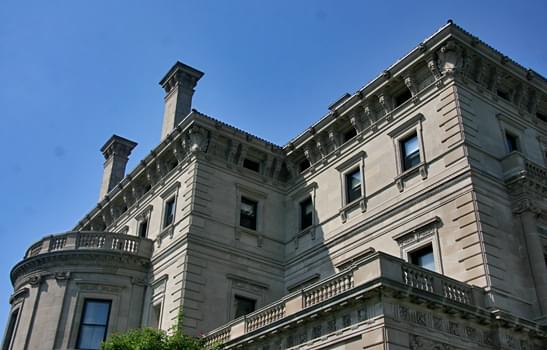
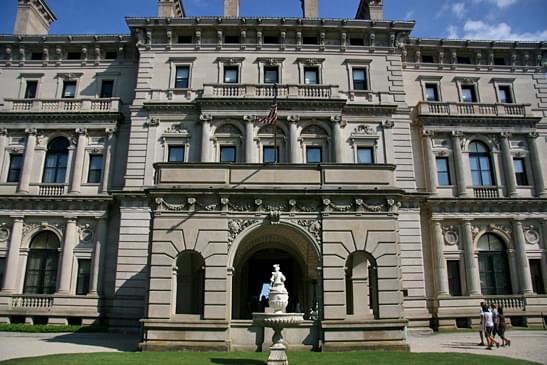
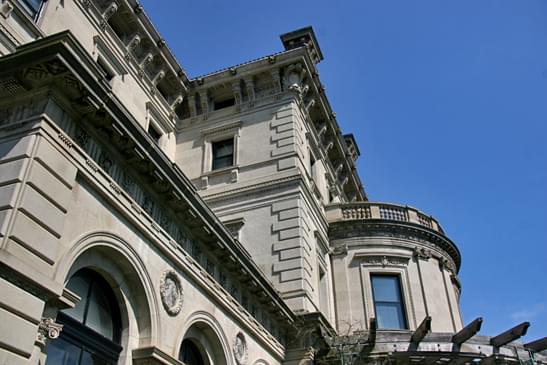
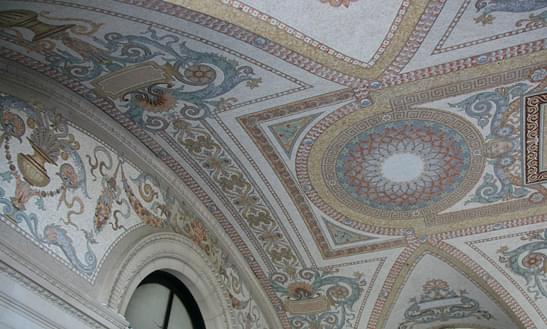

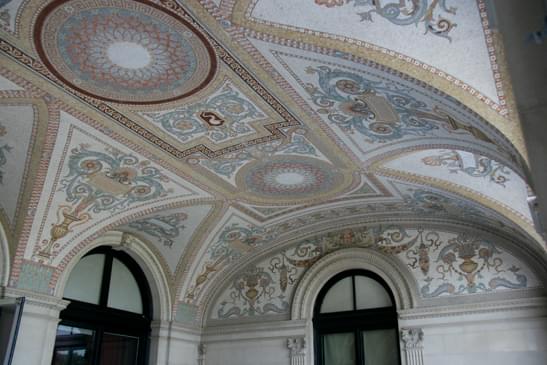
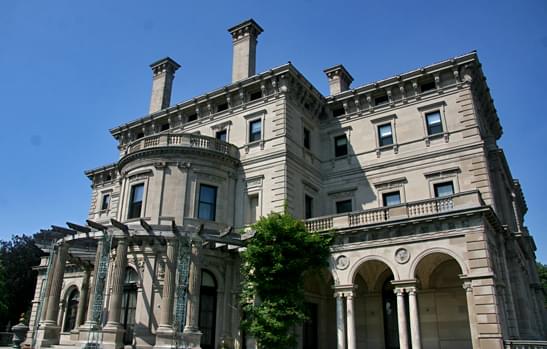
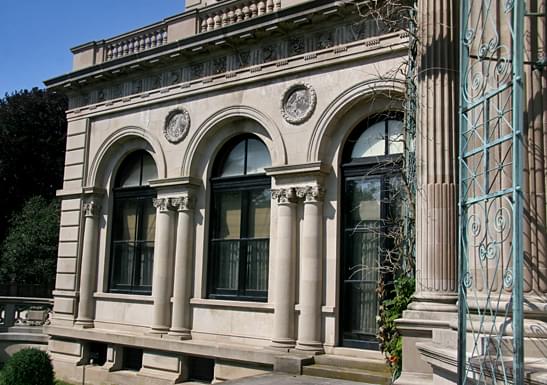
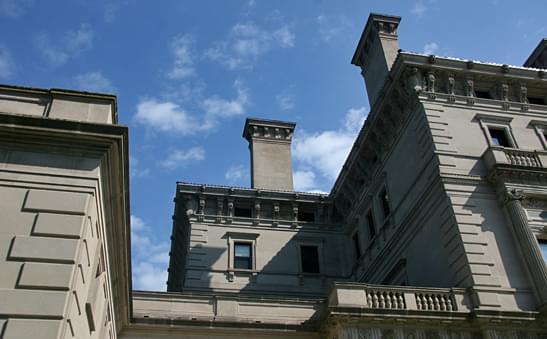
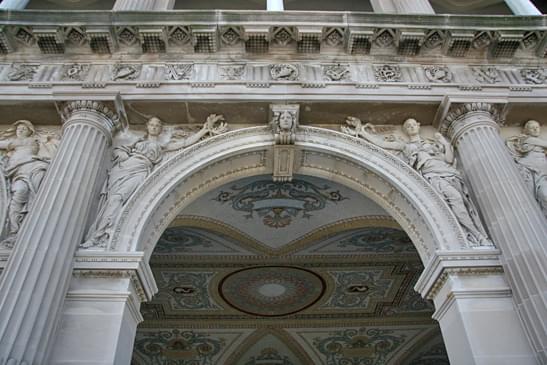

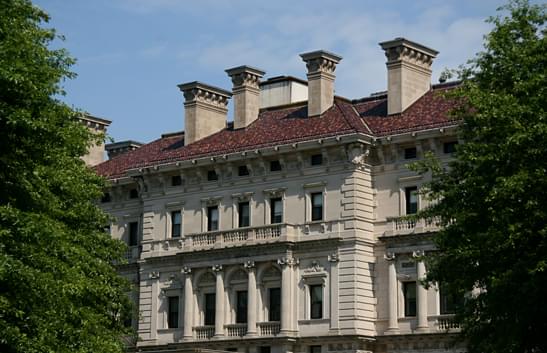
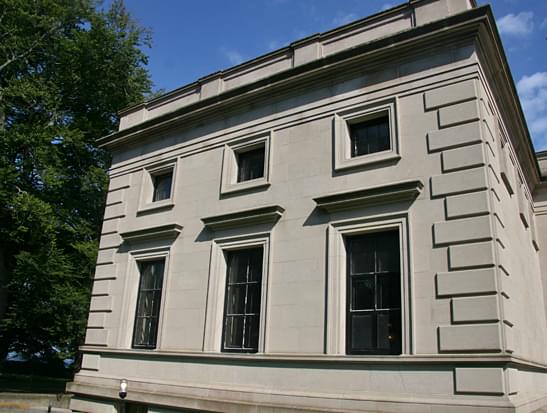
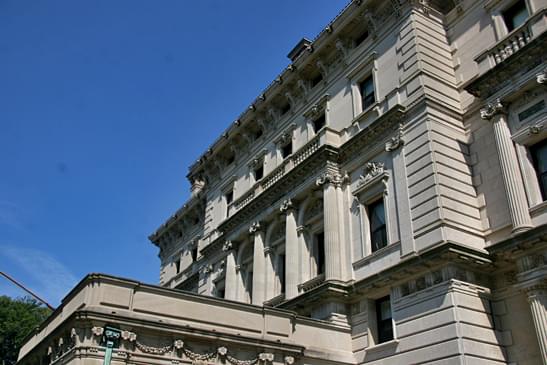
DESCRIPTION
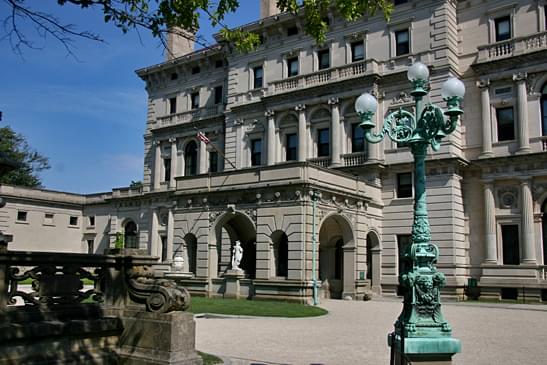
The Beaux-Arts, Italian Renaissance, Breakers Mansion is described as the grandest, biggest, 3 storied “summer cottage” found in Newport, an immense 70 room Italian Renaissance-style palazzo, designed and built to inspire and dazzle the friends and business associates of Railroad President Cornelius Vanderbilt II’s. The mansion has five levels: three floors of main rooms, a basement, and an attic. Vanderbilt provided a showcase, summer home for Cornelius’s family; wife Alice Claypoole Gwynne and 7 children, that reflected the wealth of this family. In addition, the 33 servants needed to run the mansion, also called part of the third floor home.
To make The Breakers Mansion as fireproof as possible, with no wood in its support structure. Steel trusses support the masonry and exterior Indiana limestone blocks. The huge foundation is a mix of brick, concrete and limestone. The walls are made of limestone, the floors are of marble, tile, terrazzo, and mosaic. and the roof is Terra Cotta Red Tile. All the gates and fences are made of wrought iron.
National Register of Historic Places further describes what the visitor now sees; “The elaborately decorated facades and interiors appear now as they did upon completion in 1895, as documented by the photographs of its construction in 1895 and those of its interior in 1904. The original furniture and fixtures, interior plasterwork, gilding and decorative painting remain untouched from when Cornelius Vanderbilt II occupied The Breakers.”

This masterpiece Behemoth not only blew the socks off of the people of the era, but still does so today, with everything in huge proportions: massive common rooms with interior marble fountains, alabaster fireplaces, glorious, gold painted woodwork. Rare marble, beautiful alabaster, and other impressive artistic efforts are everywhere, showing the considerable talents of many craftsmen from Europe! Every square foot has something beautiful to notice; YIKES and WOW!
Tom and I toured this glorious mansion museum and property, and have never seen anything like it in person on our travels. Most impressive is the glorious, 2 and 1/2 story entry hall, and the Morning Room, with its gold platinum leaf wall panels. The huge, back ceramic-tiled, covered patio is open to a fantastic ocean view and a large, grassy backyard. There is a walkway down to the dock and beachfront, which must have been popular during the summer months.
HISTORY
In 1885, Cornelius Vanderbilt II became President of The New York Central Railroad System. He and his wife bought a fine, wooden house, called The Breakers, at 44 Ochre Point Avenue, as a summer home, near the water and private beach. When this original wooden house burned down in 1892, Vanderbilt hired architect Richard Morris Hunt to design a villa, to replace the destroyed home, in 1893. As Vanderbilt wanted a much larger, grander mansion, and had the money to pay for his dreams, Hunt designed and created Italian Renaissance-style palazzo, inspired by the 16th century palaces of Genoa and Turin. After putting in place an international team of craftsmen and artisans, Hunt directed them, creating in the end this fabulous 70 room Italian Renaissance-style palazzo.
Also assisting Hunt on this huge project were Allard and Sons of Paris, who supplied the furnishings and fixtures. All the considerable amount of relief sculpture was designed by Austro-American sculptor Karl Bitter. The family quarters on the second and third floor were decorated by Boston architect Ogden Codman.
Though successful, hard worker in his own right, Cornelius Vanderbilt II inherited 75 million from his grandfather and father, which helped to finance both their 5th Avenue Mansion in New York City, and their summer home, The Breakers Mansion. Both he and his wife were very much involved in the Episcopal Church, and tried to live their faith, donating a lot of funds, and were very active charitable in organizations: YMCA, Red Cross, Salvation Army, Trinity Church, St. Bartholomew’s Church. When he died in 1899, at the age of 55, He didn’t leave more than what he had inherited, because of the family’s philanthropy.

Cornelius and his wife Alice weren’t so fortunate in raising their children. Their first child, Alice, died at 5 years old from a childhood disease. In 1892, their eldest son, William, with so much promise, died at Yale from Typhoid Fever. His second son, Cornelius III, they disinherited because he married someone not on the approved of list. One wonders if the emotional pain from losing these two sons could’ve caused Cornelius’s 1896 stroke, which was the beginning of his end.
However, more heartbreak was in store for his wife, Alice, and the family. The third son, Alfred, died on the RMS Lusitania, a British Ocean liner that was torpedoed by Germany in 1915, off the coast of Ireland, and sank in 18 minutes. Alfred had given a woman his life jacket, because she couldn’t swim, giving up his life to save this woman. His father would’ve been proud of Alfred, as his mother and family were, though devastated by his death.
There is sometimes a bad apple/black sheep in a family, and unfortunately, Reginald, the fourth son, fitted the bill. Or perhaps, his behavior was inspired by grief and bitterness resulting from the experience of all the deaths of his brothers and of his father. Though he enjoyed the fast and easy life, living for self, and blowing through millions of family money in gambling, wine, women and song, Reginald did create two wonderful daughters, from two different marriages; Catherine Vanderbilt, and the famous designer, Gloria Vanderbilt; perhaps partially redeeming himself by being a good father himself. Reginald died young in 1925.
Poor Alice Vanderbilt outlived not only her husband, but 5 of her children; 4 from early deaths, and lost contact with 1 from social disgrace. I’m glad that Alice’s daughter, Gertrude, died 8 years after Alice, so Alice didn’t have to endure yet another death. The youngest child, Gladys, lived to a ripe old age, and died in 1965, living a full life.
When Alice died in 1934, the youngest daughter, Gladys, gladly inherited The Breakers Mansion. Being a strong supporter of The Preservation Society of Newport County, she opened The Breakers Mansion for public tours in 1948, to raise money for the society, that was busy restoring and saving some of the older, abandoned mansions, no longer in favor with those with money. Hollywood was the new, “in place”, to build mansions.
In 1972, instead of putting Breakers Mansion back into the real estate market, the heirs of Gladys sold this glorious mansion to The Preservation Society of Newport County, with the condition added that the family could still use the bedrooms located on the third floor. The third floor is kept private from public view, and isn’t included on the tour. This protected this glorious piece of history and real estate from falling into the wrong hands of opportunists and developers. This marvelous property also has the protection of being designated a National Historic Landmark.

HISTORY OF MANIFESTATIONS
People who suffer huge loss and pain in life, like to spend their after-life where they can remember their memories of life before their losses, comforting themselves, having never quite moved through the sea of pain, and are still mourning on some level.
Or perhaps the structure was a place where they experienced the most contentment in their lives.
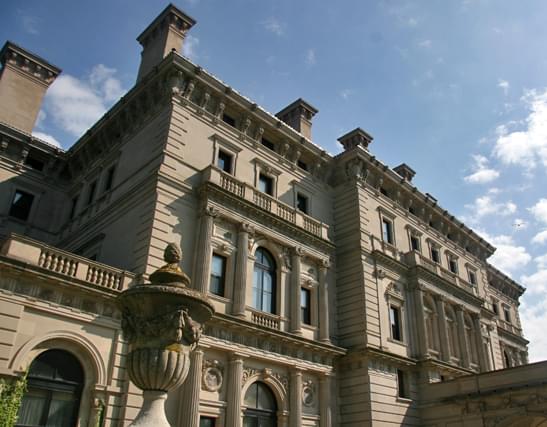
MANIFESTATIONS
The entity of Alice Vanderbilt –
Has never left her beloved summer home. Being close to her youngest daughter and her family must have been comforting to her as well throughout the years. She must also be pleased about how well her beloved Breakers Mansion is being taken care of. Since the mansion has long been open to tours, she probably doesn’t mind all the people, and the third floor is still only for family.
Her identifiable apparition has been seen and identified, enjoying her favorite places in the Breaker Mansion, where she must find great comfort in her memories of family and events.
Her unseen presence is perhaps felt watching and supporting the staff, as well as having fun watching all the visitors.
She probably has long enjoyed watching her daughter’s family on the third floor when they visit, finding comfort in seeing her descendants, that perhaps makes up for all the losses she endured during her life.
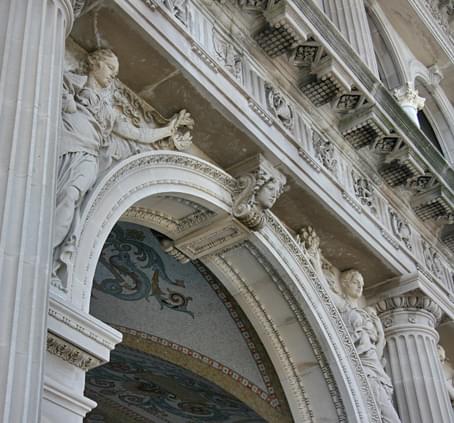
STILL HAUNTED?
Probably so. It could be just residual energy, or an intelligent entity. Sightings of the entity of Alice Vanderbilt have been reported for a long time, giving the consistent description of Alice Vanderbilt.
Personal Experiences: Sightings of the entity of Alice Vanderbilt have been reported by staff and visitors.
No paranormal investigations have been allowed, because everyone knows who the entity is, and don’t want to disturb her. Also, they don’t want to encourage the ghost hunter community, but want to present a glorious mansion as a house museum, not a haunted house!

LOCATION
44 Ochre Point Avenue
Newport, Rhode Island 02840
This 1895 Breakers House Mansion Museum and its vast grounds are located in a historically rich, high class neighborhood of Newport, RI, on Ochre Point Avenue, between Sheppard and Ruggles Ave, where the end of Victoria Avenue intersects Ochre Point Avenue It has a terrific view of the water, with a private beach of course!!
SOURCES INCLUDE
- GHOSTS OF NEWPORT: Spirits, Scoundrels, Legends and More
by John T. Brennan
Haunted America – 2007 - Haunted Places: The National Directory
by Dennis William Hauck
Penguin Books – 2002 - newportmansions.org/explore/the-breakers * newportmansions.org/explore/the-breakers
- en.wikipedia.org/wiki/Cornelius_Vanderbilt_II
- nps.gov/nhl/designations/samples/ri/breakers.pdf
Our Haunted Paranormal Stories are Written by Julie Carr
Our Photos are copyrighted by Tom Carr
Visit the memorable… Milwaukee Haunted Hotel



